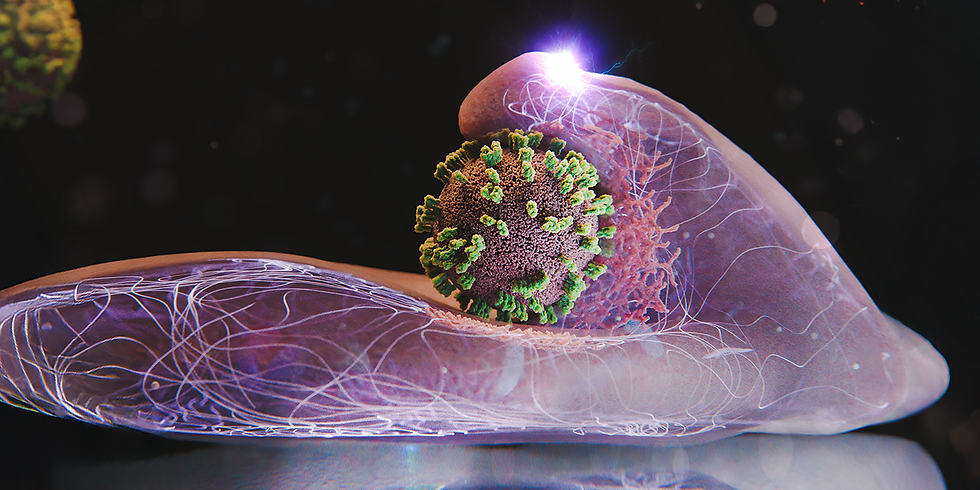Organoids are promising but not alternatives, yet – new feature
- Inês Serrenho
- May 26, 2025
- 1 min read
Updated: Jun 6, 2025

A new feature by EARA Swiss Ambassador, Rémi Cartier, examines the current use and limitations of “organoids” that are becoming a widely used tool in biomedical research but emphasises they cannot yet replace animal studies.
Scientists from EPFL Switzerland are using organoids — lab-grown 3D structured tissue and cell cultures - to study tissues such as the brain, intestine and liver.
As they are derived from human stem cells, organoids allow researchers to observe certain biological processes directly in human tissue.
“Organoids are possible thanks only to the massive amount of research that came before,” says Fides Zenk from EPFL, who uses organoids to study early stages of brain development. “Many of the questions and concepts we’re studying in developmental biology were first explored in flies and mice. These types of models can’t be replaced so easily.”
Researchers also caution that the term “organoid” may be misleading. These structures do not replicate entire organs. Most consist of only one tissue type and lack features such as blood vessels, a working immune system, or communication with other organs.
Therefore, organoids should be seen as complementary to animal models rather than alternatives. Used together, these tools can help answer different types of scientific questions and improve the relevance of biomedical research.
“Organoids don’t let us model the biology of entire organisms,” says Matthias Lütolf, now leading the Roche Institute of Human Biology. “Some questions can only be answered by examining an actual organism – an animal. It will take time before more realistic models are developed that will mark a major step towards replacement.”



